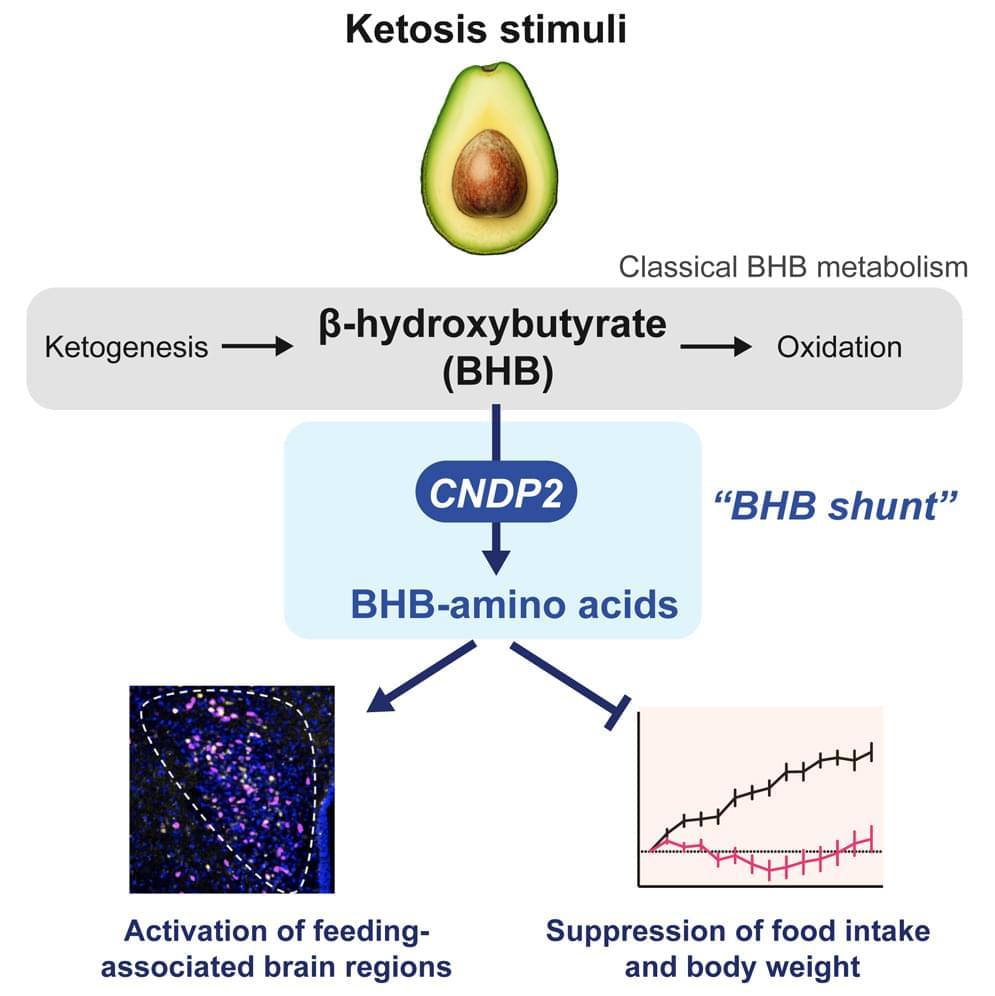Dec 4, 2024
For news, algorithmic social networks are a failed experiment
Posted by Shubham Ghosh Roy in categories: information science, robotics/AI
Meta might yet teach its AI to more consistently show the right posts at the right time. Still, there’s a bigger lesson it could learn from Bluesky, though it might be an uncomfortable one for a tech giant to confront. It’s that introducing algorithms into a social feed may cause more problems than it solves—at least if timeliness matters, as it does with any service that aspires to scoop up disaffected Twitter users.
For a modern social network, Bluesky stays out of your way to a shocking degree. (So does Mastodon; I’m a fan, but it seems to be more of an acquired taste.) Bluesky’s primary view is “Following”—the most recent posts from the people you choose to follow, just as in the golden age of Twitter. (Present-day Twitter and Threads have equivalent views, but not as their defaults.) Starter Packs, which might be Bluesky’s defining feature, let anyone curate a shareable list of users. You can follow everyone in one with a single click, or pick and choose, but either way, you decide.

















